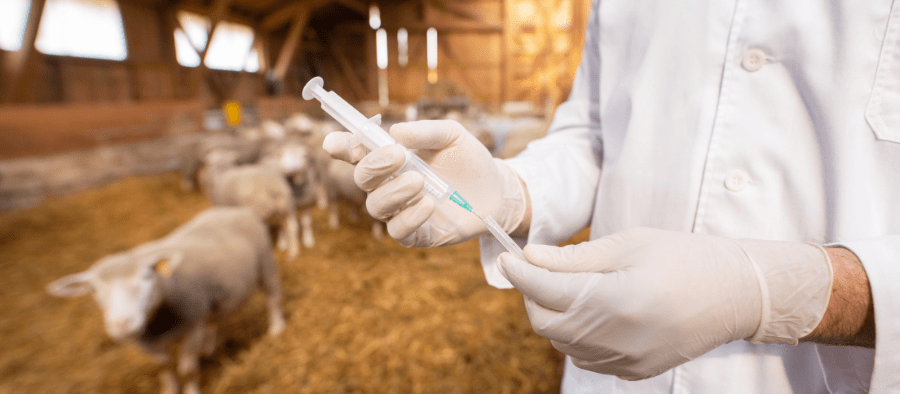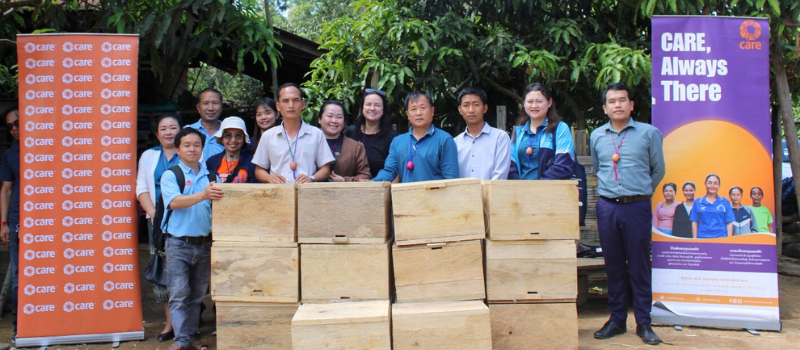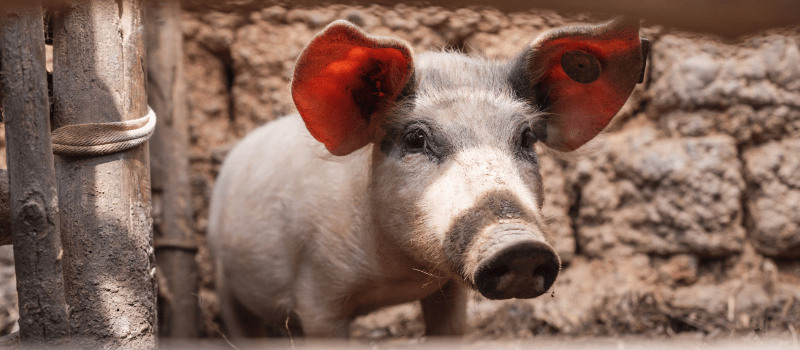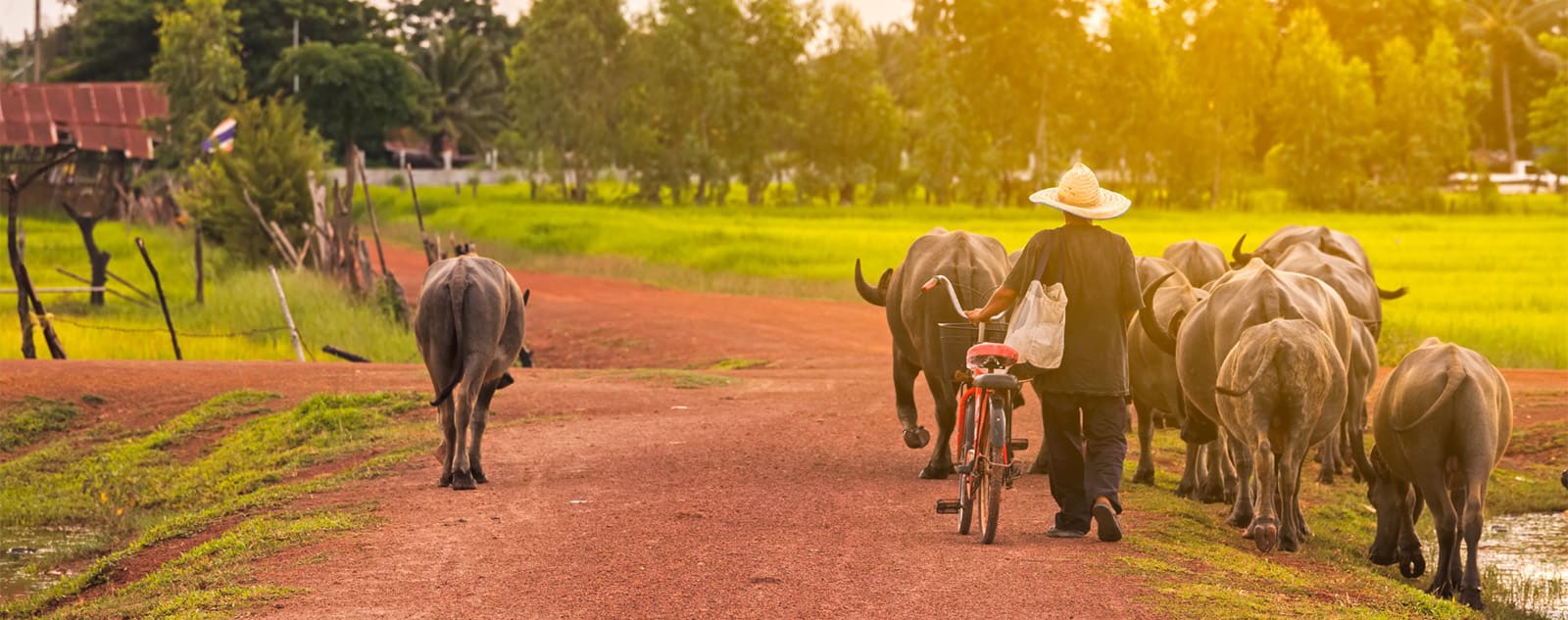Written by Tanja Kisslinger, Director of Communications, VWB. Special thanks to VWB Board Member, Dr. Katinka de Balogh (DVM)—former Senior Veterinary Public Health Officer at the FAO—for reviewing and providing expert insights for this article.
World Health Day, observed annually on April 7th, serves as a powerful reminder of the interconnectedness of global health and the vital role that various professions play in safeguarding it. While doctors, nurses, and public health officials often take center stage in discussions about health security, there is another critical group working tirelessly behind the scenes: veterinarians.
Veterinarians are far more than just animal doctors. They are frontline defenders against emerging diseases, guardians of our food supply, and essential pillars of the One Health approach, which recognizes the interconnected health of humans, animals, and the environments they share. However, many regions face a critical veterinary workforce gap, directly undermining our ability to prevent and respond to future health crises. More than 70% of emerging infectious diseases originate in animals, yet the world faces a critical shortage of veterinarians—our first line of defense.
This article will explore the multifaceted roles veterinarians play beyond the clinic, highlight the looming workforce crisis, and issue a call to action, emphasizing why strengthening veterinary services is a global health imperative.
Figure: Veterinarians—Our First Line of Defense
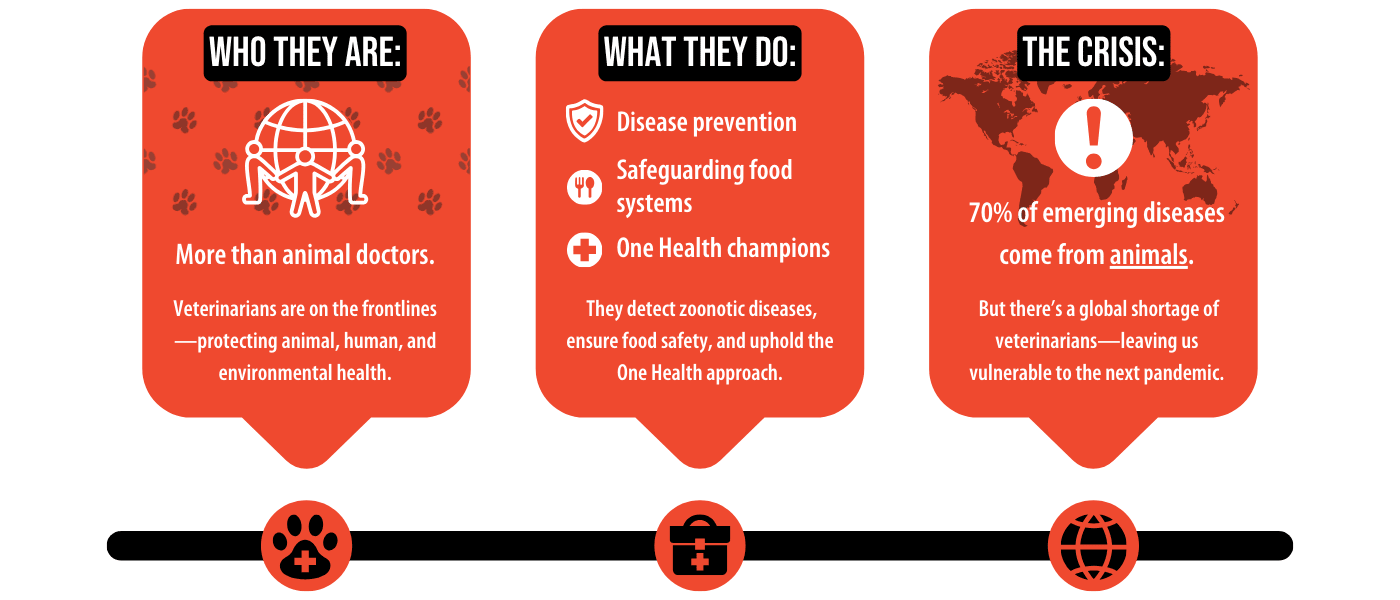
Veterinarians: Gatekeepers of Global Health Security
The COVID-19 pandemic, along with outbreaks of Ebola and Mpox, are stark reminders of the devastating impact of rapidly spreading infectious diseases, particularly zoonotic diseases—those that jump from animals to humans. These crises have underscored the urgent need for robust surveillance, early detection, and comprehensive preparedness and response systems. Veterinarians play a critical frontline role in these efforts.
1. Zoonotic Disease Prevention and Surveillance
Veterinarians are uniquely positioned to detect and monitor zoonotic diseases at their source—in animal populations. They are often the first to recognize unusual disease patterns in livestock, wildlife, and companion animals, playing a critical role in identifying potential threats to human health. Their responsibilities include:
- Active Surveillance: Monitoring animal populations for signs of emerging or re-emerging diseases by collecting samples, conducting diagnostic tests, analyzing data and conducting risk assessments to identify potential risks.
- Early Detection and Reporting: Identifying and reporting unusual disease outbreaks to animal and public health authorities, allowing for rapid response measures to prevent human transmission.
- Disease Investigation and Response: Tracing disease outbreaks in animal populations to determine the cause, identify risk factors, and implement control measures such as quarantine or culling.
- Risk Assessment: Evaluating potential pathways of zoonotic disease transmission and developing mitigation strategies.
- Wildlife Health Monitoring: Tracking wildlife health to identify disease reservoirs. A recent study published in Nature highlighted the increasing risk of zoonotic disease emergence due to habitat loss and human encroachment (Johnson et al., 2020). Veterinarians play a crucial role in this surveillance.
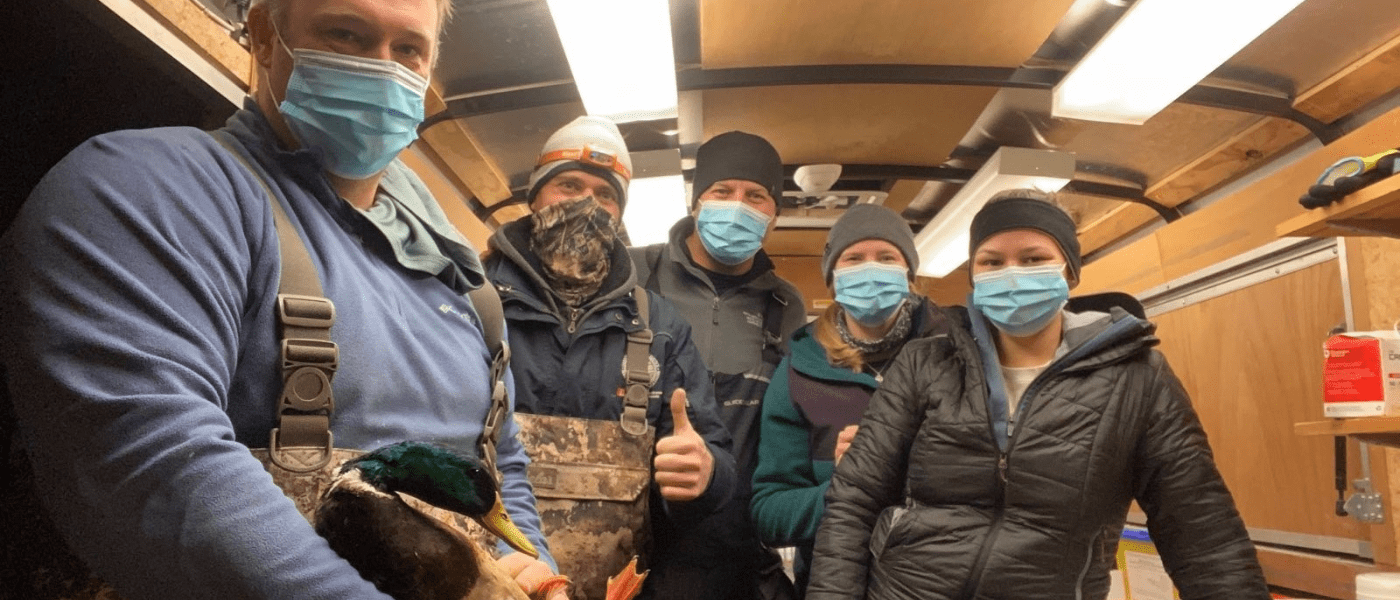 PHOTO: Environment and Climate Change Canada field crew conducting avian influenza surveillance in ducks. Former VWB Board Member, Dr. Jolene Giacinti (DVM) on the right.
PHOTO: Environment and Climate Change Canada field crew conducting avian influenza surveillance in ducks. Former VWB Board Member, Dr. Jolene Giacinti (DVM) on the right.
2. Food Security and Public Health
Veterinarians are also essential in ensuring the safety and sustainability of our food supply. Their work helps prevent foodborne diseases and safeguards the health of livestock populations. Their roles include:
- Livestock Health and Disease Management: Providing preventative care and treatment to livestock to maintain productivity, including vaccinations, parasite control, and disease management.
- Foodborne Disease Prevention: Implementing biosecurity measures on farms, monitoring animal health, and ensuring safe food handling practices.
- Antimicrobial Stewardship: Promoting responsible antibiotic use in animal agriculture to combat antimicrobial resistance. A study published in The Lancet found that reducing antibiotic use in agriculture significantly decreases the prevalence of antibiotic-resistant bacteria in humans (O'Neill, 2016). Further research supports this, with modeling studies showing that restricting antibiotic use in livestock—such as banning growth promoters and limiting prophylactic use—can significantly reduce overall antibiotic consumption and slow AMR development (Van Boeckel et al., 2017). Additionally, real-world data from the European Medicines Agency and ECDC (2020) demonstrated that stricter regulations on antimicrobial sales in food-producing animals led to reduced resistance in certain bacterial species affecting both animals and humans.
- Food Safety Inspection: Ensuring that animal products meet safety and quality standards by conducting meat inspection at slaughterhouses and inspecting processing plants.
3. Pandemic Preparedness and Response
The COVID-19 pandemic underscored the importance of integrating veterinary expertise into pandemic preparedness. Veterinarians contribute to public health response teams through:
- Disease Modeling and Prediction: Using epidemiological data to track disease spread and predict outbreaks.
- Diagnostic Testing and Surveillance: Developing and implementing tests to detect diseases in animal populations before they reach humans.
- Vaccine Development and Distribution: Supporting the research and rollout of vaccines for animal and zoonotic diseases.
- Public Health Education: Informing communities about zoonotic disease risks, safe animal handling, and hygiene practices.
Despite their essential role in global health, veterinarians are often overlooked in public health systems. Some countries, like Brazil, have begun integrating them into health centers to address zoonotic diseases, while others, including the U.S., Canada, and the EU, actively involve veterinarians in disease surveillance and food safety. However, in many parts of the world, their expertise remains underutilized, limiting the effectiveness of One Health approaches.
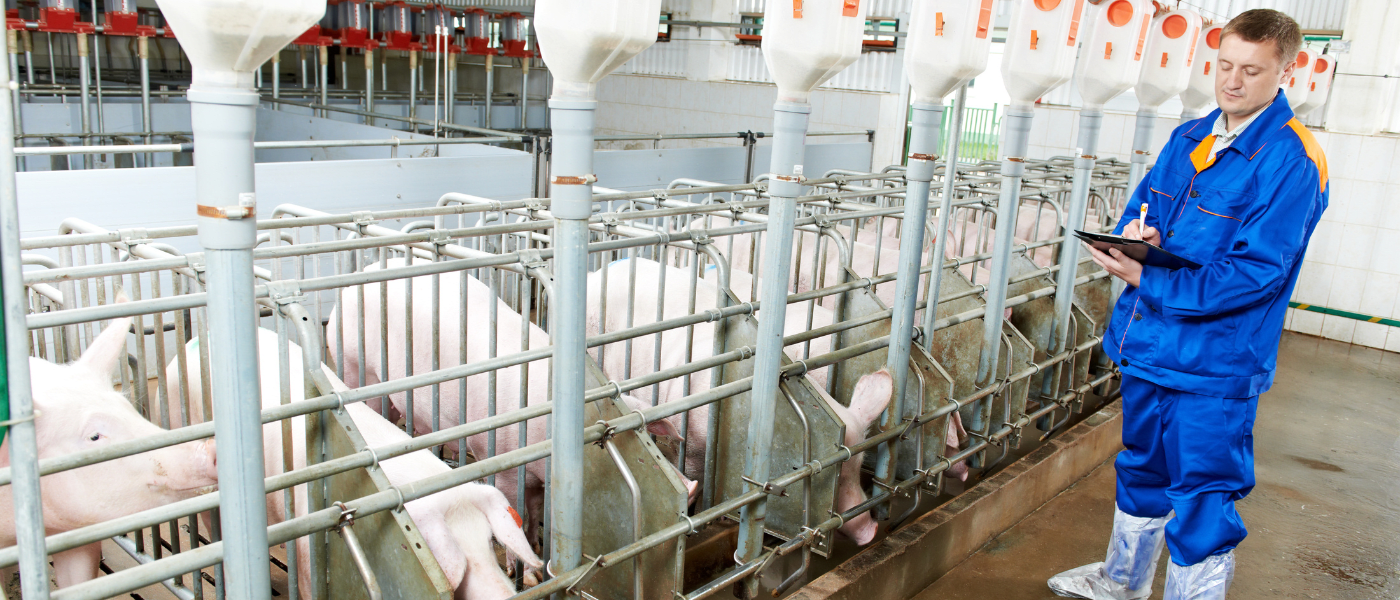 PHOTO: A veterinarian monitors animal health at a commercial pig facility—an essential step in preventing disease outbreaks, protecting food safety, and the One Health approach.
PHOTO: A veterinarian monitors animal health at a commercial pig facility—an essential step in preventing disease outbreaks, protecting food safety, and the One Health approach.
The Veterinary Workforce Crisis: A Threat to Global Health Security
Despite their critical role, many regions suffer from a veterinary workforce gap, particularly in developing countries where the burden of zoonotic diseases is highest. Several factors contribute to this crisis:
- Limited Access to Veterinary Education: The availability of veterinary education varies significantly by region. In some areas, there are very few veterinary faculties—such as the single veterinary faculty in Dakar, Senegal, serving much of French-speaking West Africa—making it difficult for aspiring veterinarians to receive formal training.
- Lack of Continuing Professional Development: Even where veterinary education is available, ongoing training opportunities are scarce, particularly for veterinarians working in rural areas. Many countries in Africa, Latin America, and Asia lack structured in-service training programs, leaving government-employed veterinarians with limited access to updated knowledge and skills throughout their careers.
- Inadequate Funding and Resources: Many veterinary services are underfunded, limiting their capacity to prevent and control disease outbreaks.
- Low Salaries and Benefits: Poor compensation makes it difficult to attract and retain veterinarians, particularly in public and rural sectors.
- Burnout and Stress: High workload and challenging conditions contribute to burnout and career attrition.
- Lack of Recognition: Interest in One Health is growing among veterinary students, but in many countries, veterinarians are still not fully recognized as integral to public health.
The consequences of this workforce gap are severe. A 2019 report by the World Organisation for Animal Health (OIE) found that many countries lack the veterinary infrastructure and personnel needed to effectively detect and respond to animal disease outbreaks. Similarly, the Food and Agriculture Organization of the United Nations (FAO) highlights significant veterinary shortages, particularly in sub-Saharan Africa. Without sufficient veterinary capacity, we are more vulnerable to pandemics and global health crises.
A Call to Action: Strengthening Veterinary Services is a Global Health Priority
Addressing the veterinary workforce crisis requires coordinated action from governments, international organizations, and veterinary associations. Key steps include:
- Increased Investment in Veterinary Education and Training: Funding veterinary schools, scholarships, and continuing education programs.
- Improved Compensation and Benefits: Offering competitive salaries, health insurance, and incentives to work in underserved areas.
- Enhanced Support for Veterinary Professionals: Providing mental health resources, mentorship, and professional development opportunities.
- Greater Recognition of the Veterinary Profession: Promoting veterinarians’ role in public health and integrating them into health policy discussions.
- Strengthening Veterinary Infrastructure: Investing in diagnostic labs, surveillance systems, and disease monitoring technologies.
- Promoting the One Health Approach: Encouraging interdisciplinary collaboration between veterinarians, public health officials, and researchers to address global health challenges.
Organizations like Veterinarians Without Borders are helping address this gap by supporting the training of veterinarians and Community Animal Health Workers (CAHWs) through programs such as VETS and targeted One Health initiatives in rural and underserved regions. These efforts strengthen local capacity and ensure that communities are better equipped to detect, prevent, and respond to emerging health threats.
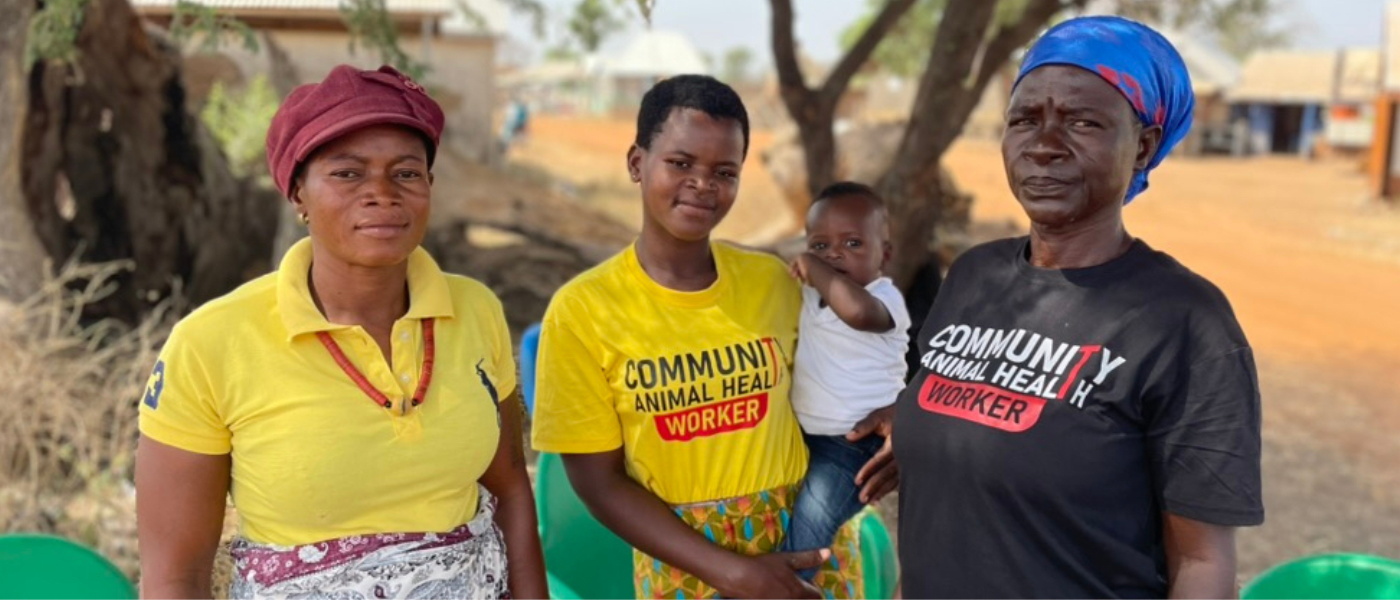 PHOTO: Three CAHWs in the Upper East Region of Ghana, trained through VWB's VETS program to improve livestock health and inspire gender equity in rural communities.
PHOTO: Three CAHWs in the Upper East Region of Ghana, trained through VWB's VETS program to improve livestock health and inspire gender equity in rural communities.
Conclusion
Veterinarians are essential yet often overlooked guardians of global health security. Their expertise in animal health, zoonotic disease prevention, and food safety is essential to preventing the next pandemic. However, the veterinary workforce crisis threatens our ability to safeguard human and animal health. By prioritizing investment in veterinary education, infrastructure, and support systems, we can build a more resilient global health network.
World Health Day is an opportunity to recognize the invaluable contributions of veterinarians and to commit to strengthening veterinary services as a global health priority. The next pandemic may well originate in animals—and veterinarians are our best defense against it.
References:
- European Medicines Agency (EMA) and European Centre for Disease Prevention and Control (ECDC). (2020). Joint Inter-agency Antimicrobial Consumption and Resistance Analysis (JIACRA) report. EMA.
- Food and Agriculture Organization of the United Nations (FAO). www.fao.org.
- Johnson, C. K., Hitchens, P. L., Smiley Evans, T., Goldstein, T., Thomas, K., Clements, A., ... & Mazet, J. A. (2020). Global shifts in mammalian population size predict the risk of viral emergence in humans. Nature, 580(7805), 696-699.
- Lloyd, J. (2018). U.S. veterinary workforce: A critical review and call to action. Journal of Veterinary Medical Education, 45(1), 13-21.
- O'Neill, J. (2016). Tackling drug-resistant infections globally: final report and recommendations. The Review on Antimicrobial Resistance.
- Van Boeckel, T. P., et al. (2017). Reducing antibiotic use in food animals. Proceedings of the National Academy of Sciences, 114(50), 13149-13154.
- World Organisation for Animal Health (OIE). (2019). OIE global strategy on animal health. Paris: OIE.
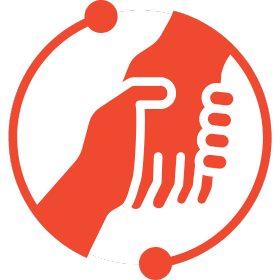 Join us in strengthening veterinary services worldwide! Healthier animals lead to stronger farms, more resilient communities, and a safer, more sustainable future. Donate, volunteer, or subscribe to support disease prevention, protect farmers’ livelihoods, and reinforce the vital connection between animal, human, and environmental health.
Join us in strengthening veterinary services worldwide! Healthier animals lead to stronger farms, more resilient communities, and a safer, more sustainable future. Donate, volunteer, or subscribe to support disease prevention, protect farmers’ livelihoods, and reinforce the vital connection between animal, human, and environmental health.

